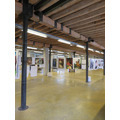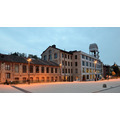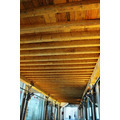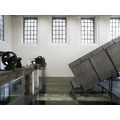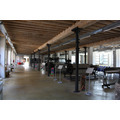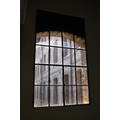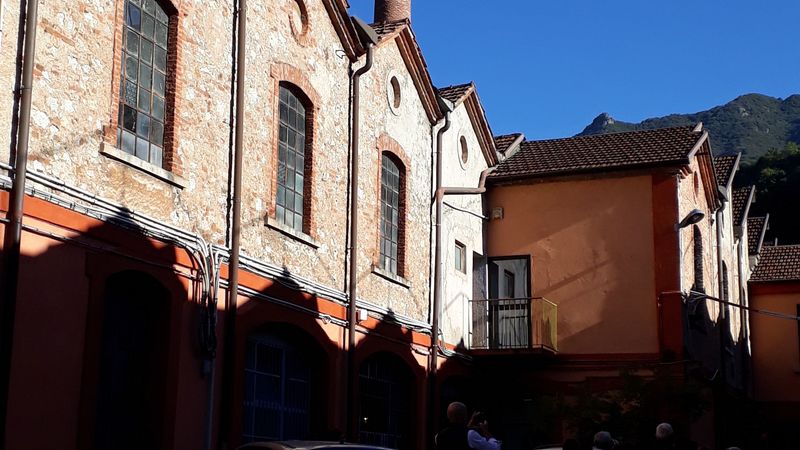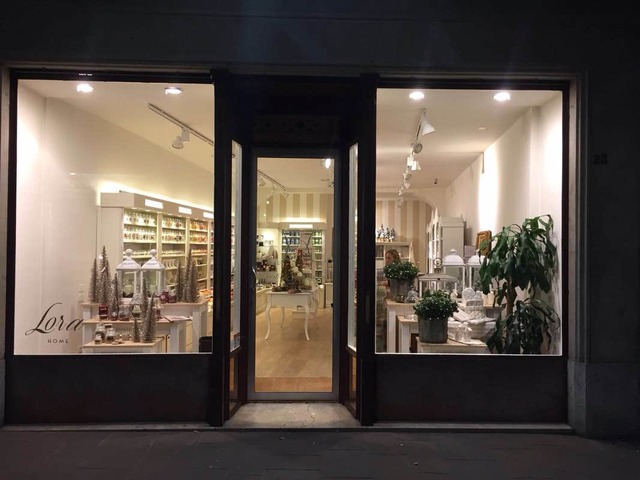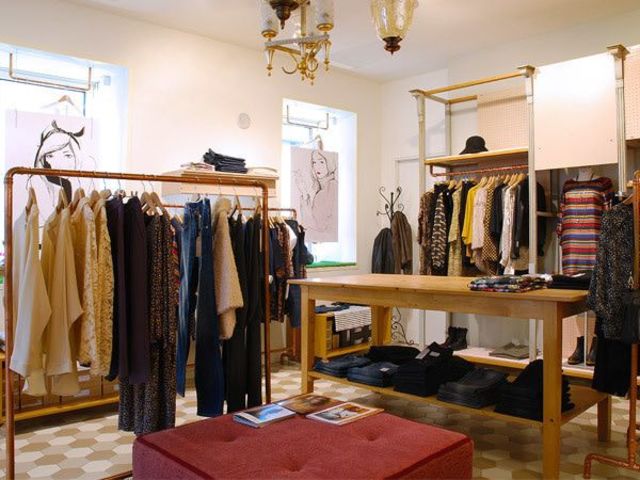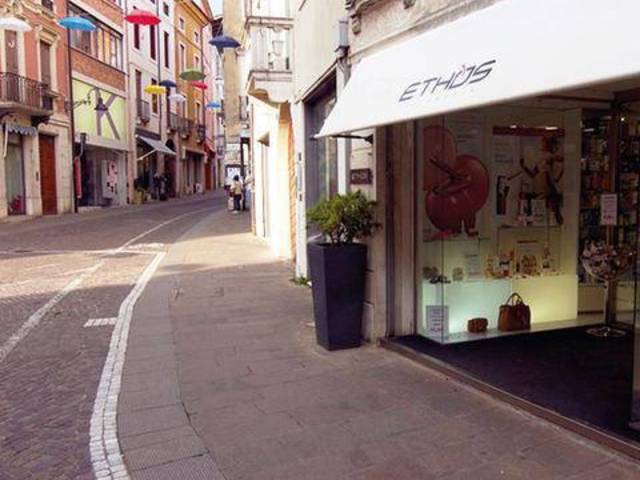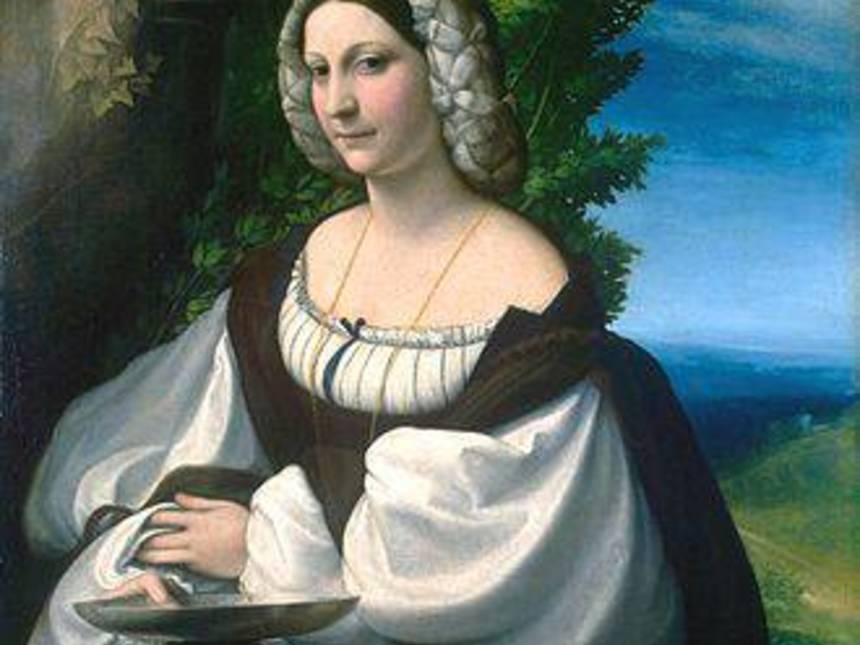Industrial Archeology and Alessandro Rossi
Lanificio Conte

Musica
Avez del prinzep /mozart
Concerto
Start: 05 Dec 20:30
End at: 05 Dec 22:30
Description
The Conte Wool Mill is one of the city’s oldest factories, In the piazza in front of the mill we find the bust of Alvise Conte, who died in 1950 and who was considered a leading figure in both the industrial world and in the civil and social life of the city. He had, in fact, been able to keep the mill going even during the difficult period in the 1930’s and during WW 2.
The Conte Wool Mill is one of the city’s oldest factories, and the first documentation regarding its history dates back to 1757; initially, Giovan Battista Conte provided the local artisans with raw materials and subsequently his son Antonio purchased an existing workshop along the Roggia canal and became an entrepreneur himself.
The area, enclosed by walls and visible from Via XX Settembre, now developed with new buildings, used to belong to the family and spread over three hectares of land, the original factory, the owners’ residence and park. In 1860 the wool mill and the surrounding area underwent important changes and developments also due to the Rossi industry’s growth. In the first years of the 20th century, the old low buildings, built from 1886, were replaced by a new concrete structure. The oldest building, adjacent to the restored complex is still visible along the Roggia Maestra canal. Its façade, made with stone chip and cotto tiles, has segmented-arch windows bordered with decorative bricks, while on the roof we can still see the bell used for marking the workers’ shifts. Joined to this old building is the plant, built between 1866 and 1884, articulated on four floors and structured in cast iron and wood. In 1929 the concrete and glass framework with water tanks turret on top was added to the pre-existing 19th century edifice. In 1883, only four years after Edison’s light bulb invention, electric lighting was introduced in the wool mill. The ancient frame, now painted in grey, was restored after the production activity was transferred to the industrial area in 2000, thus leaving the old area for hosting public and cultural events. In the piazza in front of the mill we find the bust of Alvise Conte, who died in 1950 and who was considered a leading figure in both the industrial world and in the civil and social life of the city. He had, in fact, been able to keep the mill going even in the difficult period in the 1930’s and during WW 2.
